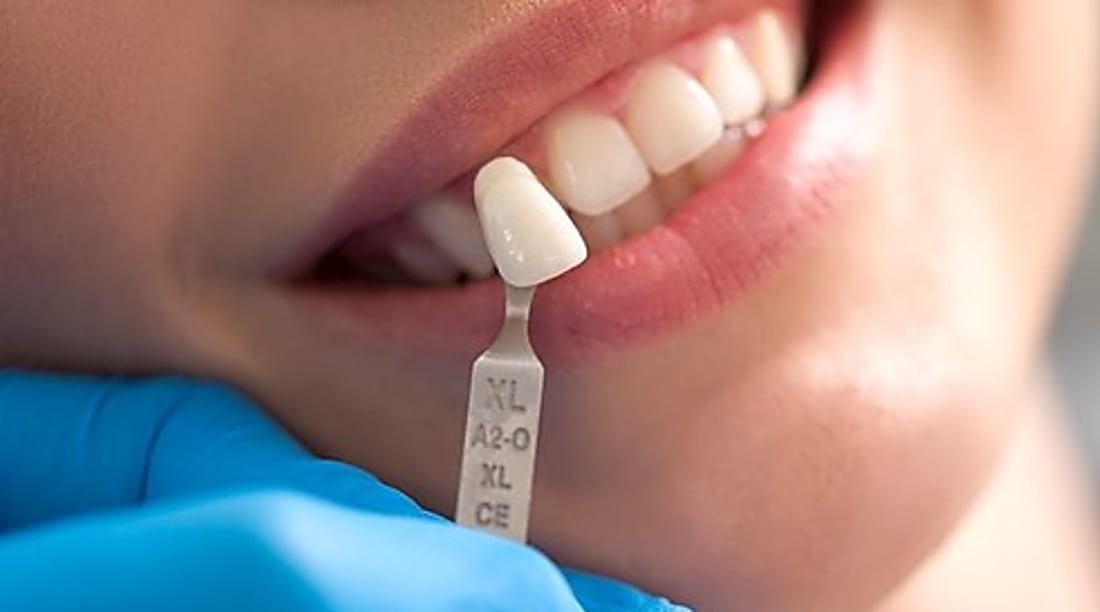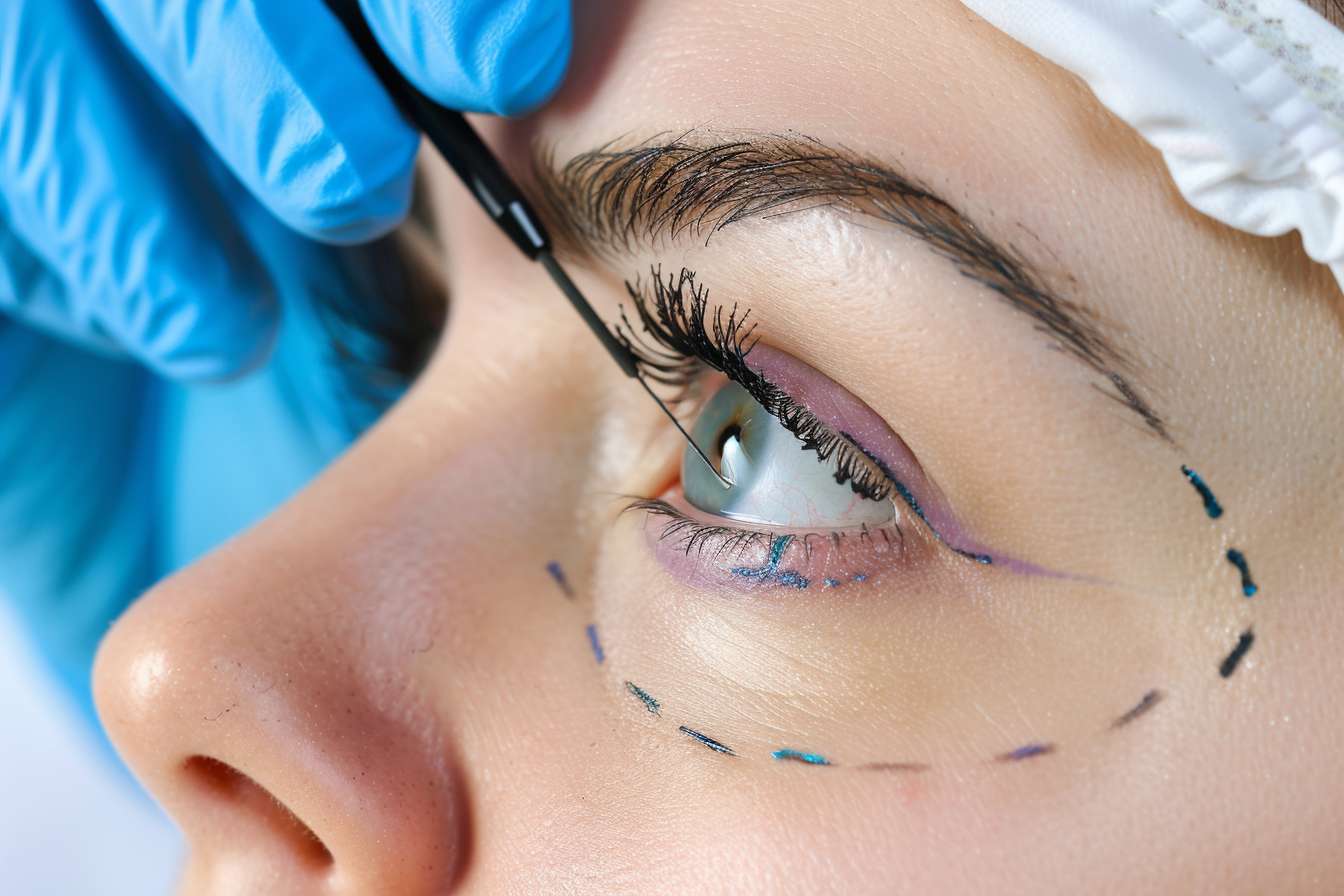Invisible Dentures – Modern and Comfortable Design
Modern dentistry has revolutionized the way we approach tooth replacement with the introduction of invisible dentures. These innovative dental prosthetics offer a discreet alternative to traditional dentures, combining aesthetic appeal with practical functionality. Designed with cutting-edge materials and techniques, invisible dentures provide wearers with a natural-looking smile while ensuring comfort throughout daily activities. Their flexible design and seamless appearance have made them increasingly popular among those seeking dental restoration solutions that don't compromise on appearance or comfort.

Invisible dentures represent a significant advancement in dental prosthetics, offering patients a solution that addresses both functional needs and aesthetic concerns. Unlike conventional dentures that may appear obvious or artificial, invisible dentures are designed to blend seamlessly with natural teeth and gums. These modern prosthetics utilize flexible materials and innovative manufacturing techniques to create dental replacements that are hardly noticeable to others. For many individuals with missing teeth, invisible dentures provide a confidence-boosting option that allows them to smile, speak, and eat without self-consciousness or discomfort.
Understanding Flexible Invisible Denture Design
The foundation of invisible dentures lies in their unique design approach and material composition. Unlike traditional rigid dentures made from acrylic, invisible dentures typically use flexible materials such as nylon polymers or thermoplastic resins. These materials allow the dentures to adapt to the natural contours of the mouth while maintaining structural integrity. The flexibility enables a more precise fit around remaining natural teeth and gums, eliminating many of the common issues associated with conventional dentures.
The manufacturing process for invisible dentures often involves digital scanning and computer-aided design, allowing for unprecedented precision. This technology enables dental professionals to create prosthetics that match the exact specifications of an individual’s mouth. The result is a denture that sits more naturally in the oral cavity, distributes pressure more evenly across the gums, and moves more harmoniously with the natural oral structures during speaking and eating.
Natural Fit and Comfort in Daily Wear
One of the most significant advantages of invisible dentures is the superior comfort they provide during everyday use. The flexible materials conform to the mouth’s movements, reducing the friction and pressure points commonly experienced with traditional rigid dentures. This adaptability means less irritation to the gum tissue and decreased likelihood of developing sore spots—issues that frequently plague wearers of conventional dentures.
The lightweight nature of the materials used in invisible dentures also contributes to their comfort. Many patients report that they quickly forget they’re wearing dentures at all, a stark contrast to the persistent awareness that accompanies heavier acrylic options. Additionally, invisible dentures typically require fewer adjustments over time, as the flexible materials can accommodate minor changes in the mouth’s structure without becoming ill-fitting or uncomfortable.
Achieving a Discreet Smile with Modern Materials
The aesthetic advantages of invisible dentures stem from both their material properties and design considerations. Modern denture materials can be color-matched with remarkable precision to blend with the natural pink of gum tissue, creating a seamless transition between the prosthetic and the wearer’s natural gums. Similarly, the artificial teeth attached to invisible dentures are crafted from advanced ceramics or composite materials that mimic the translucency, texture, and color variations of natural teeth.
The absence of visible metal clasps or frameworks further enhances the discreet nature of these prosthetics. Traditional partial dentures often rely on metal components for stability, which can create noticeable flashes of metal when the wearer speaks or smiles. Invisible dentures, however, utilize the inherent grip of flexible materials or more subtle attachment methods, eliminating this telltale sign of dental prosthetics. The result is a restoration that remains virtually undetectable, even during close conversation or when laughing.
Adapting to Daily Activities with Invisible Dentures
The practical benefits of invisible dentures extend beyond aesthetics and basic comfort to enhance overall quality of life. The secure fit and flexible nature of these prosthetics allow wearers to speak more naturally, without the clicking or shifting that can occur with traditional dentures. This improved stability translates to greater confidence in social situations and professional interactions, where clear communication is essential.
Eating with invisible dentures also tends to be a more positive experience compared to conventional alternatives. The flexible material allows for more natural biting and chewing motions, and the enhanced fit means food particles are less likely to become trapped beneath the denture. Many wearers find they can enjoy a wider variety of foods with invisible dentures, including items that might be challenging with traditional prosthetics, such as apples, corn on the cob, or chewy breads.
Cost Considerations and Provider Options
Invisible dentures typically represent a higher initial investment compared to traditional acrylic dentures, reflecting their advanced materials and fabrication techniques. However, many patients find the additional cost justified by the improved comfort, aesthetics, and durability these prosthetics offer.
| Provider Type | Average Cost Range | Notable Features |
|---|---|---|
| Specialized Dental Clinics | $1,500 - $4,000 per arch | Custom-designed with premium materials, comprehensive fitting process |
| General Dentistry Practices | $1,000 - $3,000 per arch | Standard flexible materials, fewer customization options |
| Dental Schools | $800 - $2,000 per arch | Supervised student work, extended treatment timeline |
| Denture Centers | $1,200 - $3,500 per arch | Specialization in dentures, often quicker turnaround time |
Prices, rates, or cost estimates mentioned in this article are based on the latest available information but may change over time. Independent research is advised before making financial decisions.
Maintenance costs should also be considered when evaluating invisible dentures. While the initial price may be higher, many flexible dentures require fewer adjustments and relines over time, potentially reducing long-term expenses. Additionally, some dental insurance plans may provide partial coverage for flexible dentures, particularly when they’re deemed medically necessary rather than purely cosmetic.
Long-Term Care and Maintenance
Maintaining invisible dentures requires specific care routines that differ somewhat from those used for traditional dentures. The flexible materials, while durable, can be susceptible to damage from harsh cleaning chemicals or extreme temperatures. Most manufacturers recommend gentle cleansing with specialized solutions designed specifically for flexible denture materials. Abrasive toothpastes and conventional denture cleaners should typically be avoided to prevent microscopic scratches that could harbor bacteria or affect the appearance of the prosthetic.
Regular professional check-ups remain important for invisible denture wearers. During these appointments, dental professionals can assess the fit and condition of the dentures, perform professional cleaning, and address any concerns before they develop into larger issues. With proper care and maintenance, invisible dentures can provide years of comfortable, natural-looking tooth replacement, making them a valuable investment in oral health and quality of life.
This article is for informational purposes only and should not be considered medical advice. Please consult a qualified healthcare professional for personalized guidance and treatment.




